Editors’ Note: This feature appears as it was published in the spring 2017 edition of UT Dallas Magazine. Titles or faculty members listed may have changed since that time.
Innovative programs. Remarkable teaching and research. Alumni successes. All of these factors add up to a continuing appreciation for mathematics at UT Dallas. Some interesting applications of the discipline are showcased here.
Geometry Threaded Through Art
GABRIEL DAWE MFA’11 creates beauty by combining the Pythagorean theorem with up to 60 miles of thread.
 Gabriel Dawe MFA’11
Gabriel Dawe MFA’11Gabriel Dawe was doing work at the University’s artists residency when he was invited to collaborate with an architect to explore the links between fashion and architecture for an upcoming show.
Dawe, who had been working with embroidery and textiles for years, saw an opportunity to think big. “I wondered what would happen if I used the core material of clothing — thread — at the scale of architecture,” he recalls.
That idea led him to develop an installation consisting of large intersecting triangles of thread that seemed to curve and undulate in open space, shifting with the viewer’s perspective and the lighting. It looked as ethereal as a spider’s web but had a geometrical structure that gave it stability.
While the results of his efforts were striking, the process of creating the installation proved to be exceptionally demanding. In addition to the grind of calculating the distance of every triangle leg and hypotenuse, Dawe had to climb up and down a ladder to place each thread with pinpoint precision. “I was working almost seven days a week for five weeks,” he recalls. “It was really tough on the knees.”
But the breathtaking project proved to be so popular that he’s been pursuing variations on the theme ever since. He’s constantly looking for new ways to improve the work by creating ever-more pleasing symmetry and integrating other mathematical concepts like the Fibonacci sequence. “Mathematicians often talk about finding ‘elegant’ solutions to problems, and I relate to that,” says Dawe. “I’m always trying to find ways to make something a little more perfect.”
 Gabriel Dawe’s “Plexus A1” was displayed in the Renwick Gallery of the Smithsonian American Art Museum. (Photos courtesy of Ron Blunt, Conduit Gallery)
Gabriel Dawe’s “Plexus A1” was displayed in the Renwick Gallery of the Smithsonian American Art Museum. (Photos courtesy of Ron Blunt, Conduit Gallery)
A Better Cancer Test
The statistical modeling of DR. SWATI BISWAS, associate professor, is helping guide patients with a high risk of breast cancer in crucial and timely management of their condition.
 Dr. Swati Biswas
Dr. Swati Biswas
For American women, there are few diseases that carry the devastating weight of breast cancer. A full 12 percent of American women develop invasive breast cancer at some point during their lives; more than 40,000 die of the disease every year.*
An associate professor of statistics, Dr. Swati Biswas has spent much of her career developing statistical models that shed light on who’s most at risk for developing the disease. For example, Biswas has contributed to creating a statistical software that works in tandem with physician-administered questionnaires about a patient’s family history with breast and ovarian cancer. “Those factors are fed into the model, and it will [reveal] the chance that a patient has a mutation of a breast cancer gene, and her risk of developing breast cancer in five or 10 years,” says Biswas.
If results indicate that the genetic mutation is possible, the woman will be referred for genetic testing that can confirm whether or not she is a carrier for one of the common breast cancer gene mutations.
Biswas and her colleagues recently developed a risk assessment tool that provides a breast cancer patient with her future risk of developing cancer in the healthy breast over time. The tool — available in an app — will help patients and their doctors determine the best course of action, such as whether to remove the healthy breast.
In the end, tests like those developed by Biswas can help ensure that women get the right amount of care — not too much or too little — when they need it. “Of course, we want to make sure that women who are at risk get the active surveillance they need,” she says. “But we also want to help make sure that women who aren’t at risk aren’t getting unnecessary medical intervention.”
*U.S. Breast Cancer Statistics. These statistics are for the general population. If a woman carries a mutation of certain genes, the risk is much higher than that of the general population.
Foundational Focus on Mathematics for All
Even as the UT Dallas curriculum has expanded, its science and engineering focus and the mathematical thinking that serves as its foundation have remained central strengths. About a third of all undergraduate students earn degrees in mathematics-heavy disciplines such as computer science, accounting, biology, electrical engineering and finance.
The Department of Mathematical Sciences faculty in the School of Natural Sciences and Mathematics has expanded significantly in recent years, bringing in innovative teaching methods and cutting-edge, federally funded research. And students, all of whom are required to take at least one mathematics course before graduation, are learning to use mathematical tools and principles in ways that will benefit them no matter what they do after graduation.
Dr. Vladimir Dragovic, head of the math department, notes that mathematics’ draw for students is often pragmatic. The University’s mathematical sciences program turns out skilled actuaries, statisticians and mathematicians who take highly paid positions at organizations including Capital One, Amazon and Microsoft. They’re also landing coveted spots in biotech firms and pharmaceutical companies, fields with particularly rosy futures.
“Mathematics is the universal language of science, so we’re educating students to be prepared for challenges that will come in their professional career,” Dragovic explains.
Indeed, UT Dallas is helping make sure that its graduates of all stripes are well prepared. Recently, for example, UT Dallas landed a $600,000 grant from the National Science Foundation that pairs top mathematics PhD candidates with government and industry partners to give them the practical experience to ensure productive and valuable careers.
The University is also strengthening its efforts to teach the next generation of mathematics instructors. Through UTeach Dallas, undergraduates in math and science programs are offered paid internships and teacher certification options. Currently, more than 350 students are enrolled in the program, with 139 graduates to date.
Yet students don’t need to land a job crunching numbers to benefit from math principles. Whether students are comparing car insurance quotes or trying to understand survey results from a news article, understanding mathematical ideas is a critical part of everyday life.
Dragovic adds that even learning the process of mathematics is beneficial to students. “Mathematics requires students to work systematically and not to cut corners,” he says. “That’s something that can help students develop good working habits.”
 Dr. Vladimir Dragovic
Dr. Vladimir Dragovic
The Brewer’s Formula for Success
Lawyer-turned-craft-brewer MICHAEL PETICOLAS BA’95 shares the delicate mathematical balance that led to award-winning beers.
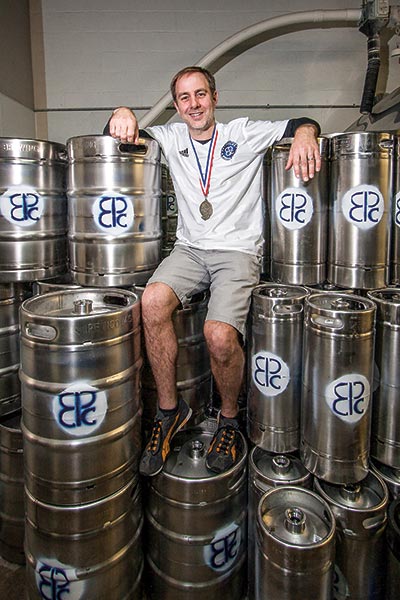 Michael Peticolas BA’95
Michael Peticolas BA’95
Michael Peticolas spent years dreaming of starting his own brewery as he toiled as a Dallas-based trial attorney. And in 2010, he wrote a business plan that would help him do just that.
As testament to his methodical nature, he developed the brewery business plan a year before he brewed his very first commercial batch of beer. The recipe he developed is now known as Velvet Hammer, the flagship beer for Peticolas Brewing.
While there were plenty of numbers in that business plan, Peticolas says the real math of a brewery comes in recipe development. “I went to the American Brewers Guild and took their intensive brewing science and engineering course,” he says. “There’s quite a bit of math in that. It helped me scale up from 5 gallons that I was doing in my backyard to the 500 gallons I brew at a time today.”
The challenge of recipe formulation comes from the almost infinite number of variables that can instantaneously transform a beer from exceptional to undrinkable. “Will you use kilned malted barley or roasted barley? How much sugar do you want to extract from the malted barley? How much alcohol do you want to end up with?” he says, ticking off just a few pieces of the equation. “There are only four ingredients in beer — water, malted barley, hops and yeast — but there’s so much that’s going on in the context of recipe development.”
Peticolas seems to have found the right answer: His brewery’s beers have earned two gold medals from the Great American Beer Festival, the biggest award in the beer industry. “There are a lot of things that go into making a superior beer,” he says. “But getting the initial formula right before you move forward is of the utmost importance.”
Object Lessons
DR. JOHN ZWECK, professor of mathematics, adds a new dimension to mathematical education to help students learn difficult concepts.
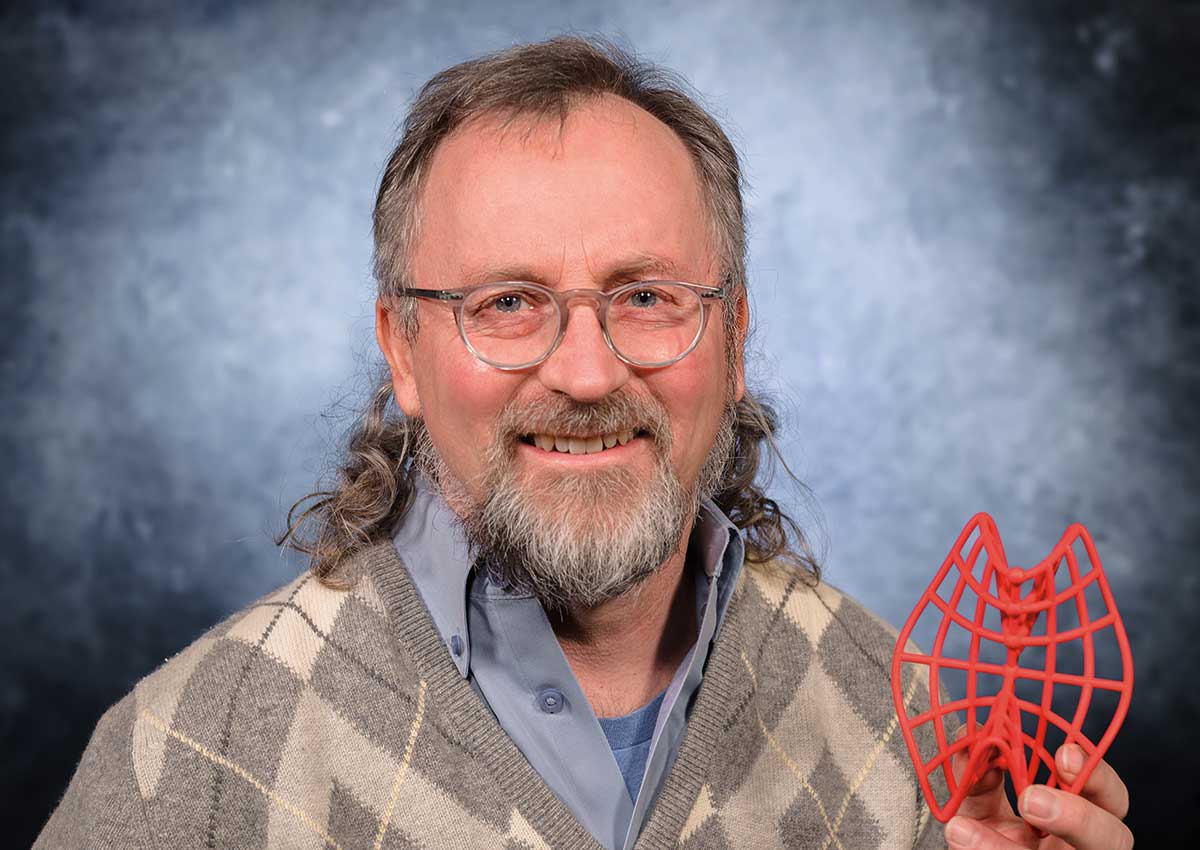 Dr. John Zweck
Dr. John Zweck
Dr. John Zweck knows that many of his calculus students will go on to become engineers or biochemists — people whose work will come to life in the material world.
Yet for years, his teaching rarely left the page. He relied on two-dimensional models printed on textbook pages to describe important geometrical shapes like saddle surfaces. But no matter how beautifully rendered, these drawings were often confusing to students — and it sometimes caused them to give up before they’d even started. “If you’re trying to have a conversation about what is represented by specific formulas, the representations that a student and a professor have in their heads have to line up,” he says. “Otherwise, we’re just talking gobbledygook.”
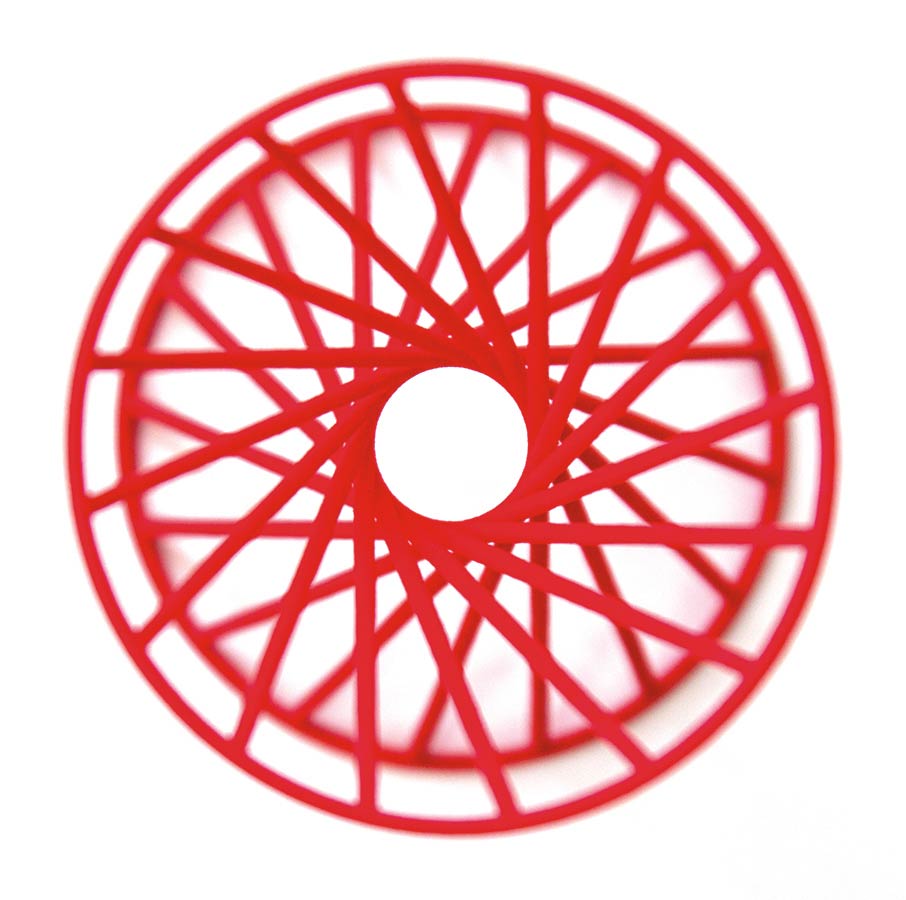
It was as he was pondering this problem a few years ago that Zweck began hearing about 3-D printers, and he immediately saw opportunity. With a small grant from the National Science Foundation, he created three-dimensional printed models of saddle surfaces and helices, among other shapes. Now, Zweck brings dozens of these models to his classrooms to help students understand the work they’re doing on a real-world level. “It’s different when you can put a helix right in front of your nose or draw your finger along the curve,” he explains.
The bigger idea? He wants these models to help students develop a more nuanced understanding of mathematics. “When students learn to use verbal explanations to connect logical thinking, geometric imagination skills, and algebraic calculations, they become creative problem solvers [in the discipline],” says Zweck.
The Tiny Tells of a Great Big World
Mathematics professor DR. SUSAN MINKOFF’s work identifying trace gases may save lives.
 Dr. Susan Minkoff
Dr. Susan Minkoff
A tiny amount of ammonia in your breath could signal the onset of liver disease. A whiff of certain chemical compounds at the airport could indicate the presence of a bomb. Too much carbon dioxide might mean a car won’t pass a required emissions test. The number of applications for sensors that can detect trace gases, says Dr. Susan Minkoff, is nearly endless.
But while the need is great, building those sensors turns out to be a trickier task. The mathematics professor works with colleagues from around the country to develop computer-generated models that predict how the sensors will behave in different situations. For example, many gases will absorb the energy of a specially tuned quantum cascade laser, which then causes the molecules to vibrate. With a tiny tuning fork, these vibrations can be detected and amplified. “When we’re trying to detect really small amounts of gases, parts per million — or even just a few parts per billion — we want to determine the best tuning fork geometry to maximize the signal,” Minkoff explains.
A simulation to one set of tuning fork tines, for example, led to a signal that was more than 20 times stronger — and opened up new opportunities for creating a cheaper sensor. Because the sensor may ultimately be used in the auto industry to detect certain emissions, that potential savings is critical.
The melding of math and real-world applications is work that Minkoff finds invigorating. “Solving equations on paper is fun, but the real world is messy and complicated,” she says. “We want to make sure that we can help develop models that are as close to reality as possible.”
Swimming in Numbers
English Channel swimmer SOPHIE RUTENBAR BA’06 relies on math to improve her performance.
Amateur swimmer Sophie Rutenbar wants to make one thing clear: When she made her successful 14-hour English Channel crossing in 2009, she didn’t have any numbers on her mind.
“For big swims, you can’t have any distractions,” she says. “I was told not even to lift my head to see if I could see the coast of France.” She relied on her support team to provide the real-time calculations linked to wind, waves and weather that would help her get from coast to coast.
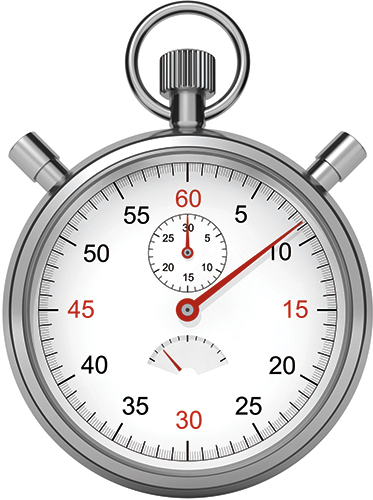
But Rutenbar — whose day job is in the Department of Field Support for the United Nations — says that shorter swims demand plenty of calculations. For example, for the 1,500-meter swim that was part of the 2016 New York City Triathlon, she built spreadsheets, created yardage goals and developed milestones. She can zero in on her goals down to the second and to the stroke.
“I’m always trying to figure out what my interval is, trying to understand how fast I’m swimming and how it’s going to translate in a race,” she says.
Her to-do list includes another ambitious swim in what’s informally called the “Triple Crown” of open-water swimming: either the 30-mile swim around the island of Manhattan or the 20-mile swim across the Catalina Channel. She’ll have to put together a training plan, fully expecting the numbers to help her get to the finish: “I like knowing how I’m doing and feeling like I’m making progress,” she says. “That’s part of the challenge.”

 Sophie Rutenbar BA’06
Sophie Rutenbar BA’06
Program Addresses Need for Experts in Actuarial Science
Safeco Insurance recently ranked UTD’s actuarial program as the 11th best in the nation. College graduates who major in actuarial science can expect to be in demand in today’s workforce — the unemployment rate among these majors has been less than 5 percent. When the program’s master’s degree debuted in 2013, it was the first of its kind in Texas.
“Students obtain a much deeper knowledge of probability, statistics and decision theory that provides exceptional training,” says Natalia Humphreys, who is a fellow of the Society of Actuaries and associate head of the University’s program.
Actuaries entering the workforce must obtain professional accreditation by taking several qualifying exams, depending on the job. Humphreys says the undergraduate degree offers complete preparation for the first two exams, with partial preparation for the other three. The master’s degree offers complete preparation for all five actuarial exams.
Actuarial Careers
Job description: Uses skills in statistics, probability and mathematics to address business problems involving the cost of possible future events.
Types of Employers
Insurance industry, financial institutions, consulting firms, government agencies, universities, accounting firms, banking, labor unions, retirement systems, mortgage companies, and health care and public health industries.
Degrees Offered
Bachelor of Science in Actuarial Science, Master of Science in Actuarial Science
Starting Salary Range
$44,000 to $60,000
Median Pay (in 2016)
$97,070
Employment Outlook
Excellent
